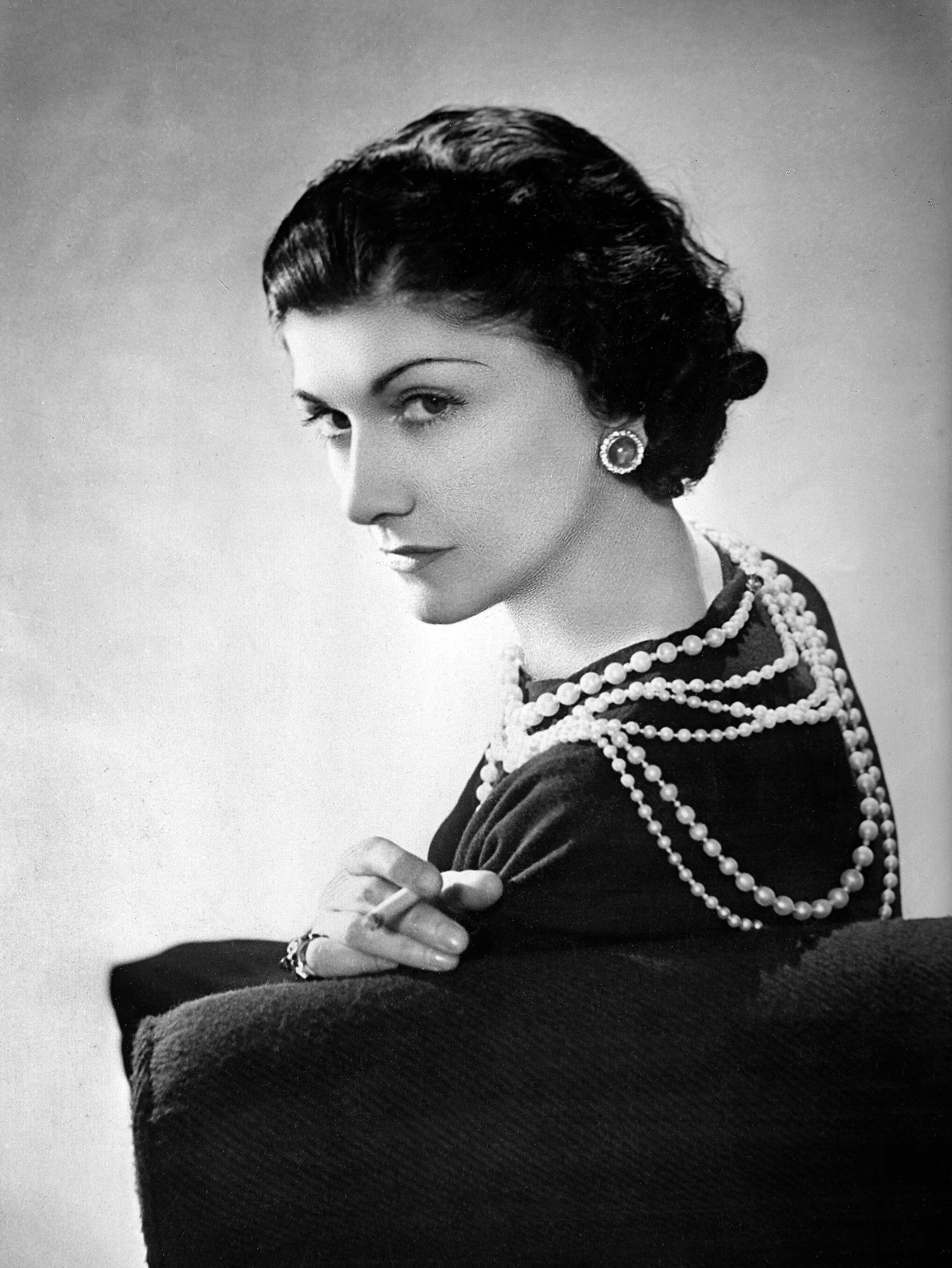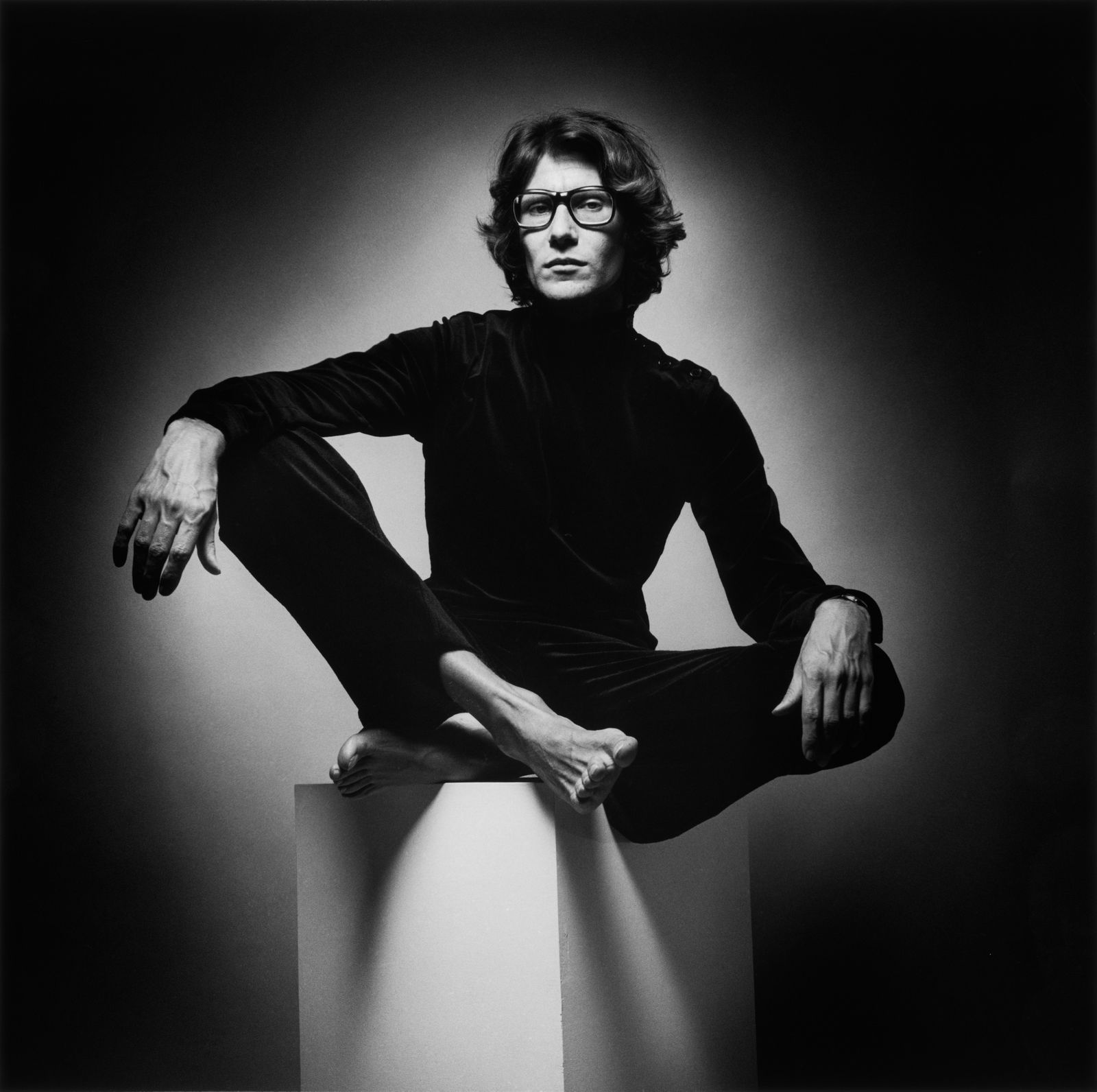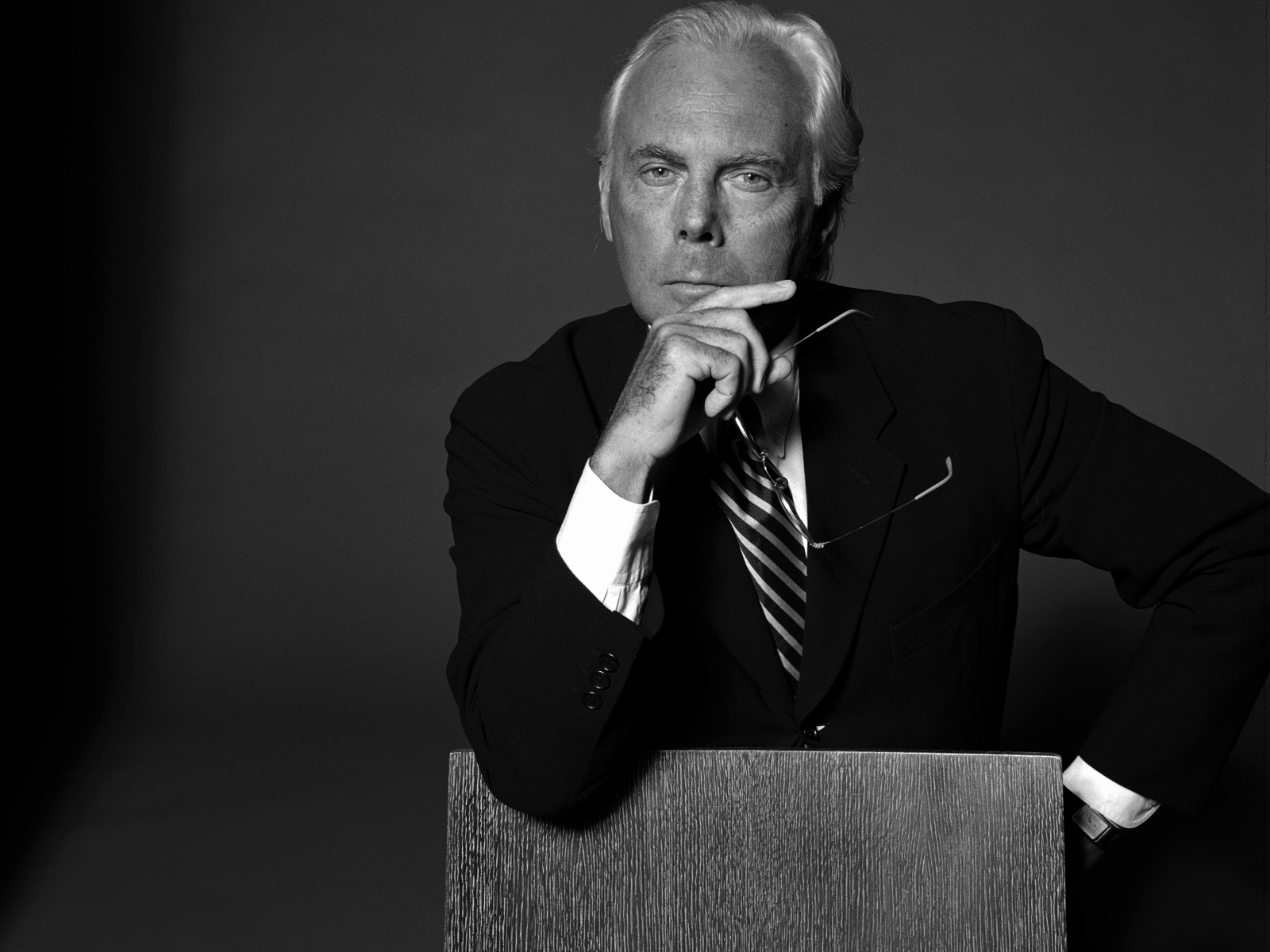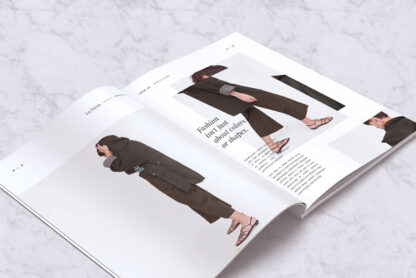Coco Chanel is a reference in fashion, and Karl Lagerfeld knows it. If each season, people can’t wait to see the grandiose show he puts on, it seems the German creative enjoys the most depicting Coco Chanel’s life through short films to keep her myth alive. But if we all know and use one of her quote here and there on social media, it is arguably we look up to her as an experienced businesswoman. It is with this perspective I want to introduce you to some designers who made the History of fashion. But, rather than a recap of their life, the idea here is to understand their approach to business and by the same occasion individuate the qualities needed to be a fashion designer. Glam Observer is a platform dedicated to helping you find your path in the fashion industry and fashion designer is a career like any other. It demands hard work, creativity and a great sense of business. Something social media tends to erase since it has become an overly glamorised job. So here is a list of famous fashion designers whose career and life are full of insights to help you start your fashion brand.
- Paul Poiret, the creative genius
Paul Poiret is one of the most understated fashion designers of the XXth century. He is the man who incorporated the concept of lifestyle to fashion. He was the first designer to create a fragrance and subsequently a perfume line named after his fifth daughter, Rosine. But he didn’t stop here. He was also the first one to add an interior decoration component to high fashion. Last thing, he was the precursor of the trunk show.
Though understated, Paul Poiret laid the foundations of what modern fashion houses are today: businesses with a varied range of products not only catering to the richest.
Just like his creations at the time, he set up a unique business model enabling him to increase his revenue by diversifying his offer.
Why then, is he not remembered as he should be? Despite being a creative genius, Paul Poiret wasn’t the best businessman. A character with a larger than life personality, he invested back his money in outrageously expensive parties rather than his business which led him to bankruptcy. As the First World War called for a sterner lifestyle, his luxurious creations mainly inspired by Orientalism started feeling out of time and context. His inability to adapt to new times was one of the reasons that contributed to making the success of his rival, a certain Gabrielle Chanel.

- Coco Chanel, a woman of her time
Contrarily to Paul Poiret, Coco Chanel didn’t stay stuck in a trend. Starting off as a milliner, she was quick to understand the war called for a different fashion for women. Poiret credited himself to have liberated the women of the corset well, Chanel did more she gave them independence. As a woman working for herself at a time when women were confined to their role of wife and mother, she led a unique lifestyle for her time. But, when the First World War broke out, rightly because she was already providing for herself she was the best to understand the needs of these women whose father, husband or brother went to war.
By giving them comfortable clothes they could work with, she unprecedentedly changed the place of the women in the society with clothes.
A great business person is someone who observes what is happening around them and catches the waves at the right time. That is what Coco Chanel did. Nowadays, we talk a lot personal branding but, I believe she was the first one to introduce this very concept. Chanel didn’t understand women. She was a woman. And it contributed to making her business model unique at that time: she was the brand herself hence her best marketing tool.

Yves Saint Laurent and Pierre Bergé, the winning duo
I wanted to talk about both men because they contributed so much to fashion as a duo. If Coco Chanel had a few patrons supporting her through her career, Saint Laurent and Pierre Bergé had one of the most successful business partnership – though tainted in the 80s – in the industry. It is often said that Pierre Bergé had the upper hand in life and work, but I want to argue about it. In a fashion business, if the creative brain doesn’t have a clear vision of the brand, the strategy will suffer.
When Yves Saint Laurent leaves the Maison Christian Dior, what he has in mind is a brand that is accessible to a broader and younger audience contrarily to haute couture. It is the period ready-to-wear is developing and democratises fashion. This concept contributed to make Saint Laurent a modern and unique brand at the time. This is the birth of Yves Saint Laurent Rive Gauche.
The two men started the business thanks to an American – convinced by Pierre Bergé – who invested $700,000 in the start-up brand. As for the team, it is Pierre Bergé again who convinces some Christian Dior alumni to follow him. In fashion, friends are always ready to support you, but if you have a good business plan, it is even better. And that is what Pierre Bergé is here for presenting a wonderful business plan.

Gianni Versace, the innovator
This year, no one missed Carla Bruni, Naomi Campbell, Claudia Schiffer, Cindy Crawford and Helena Christensen closing the Versace show with the sound of Freedom!’90 by George Michael – recalling Gianni Versace was the most acclaimed fashion designer of the 90s. Hailing from Reggio Calabria, in the South of Italy, it is early on that Gianni learns the basics of fashion in the store of his mother Francesca – a dressmaker and clothing store owner. At 18, he works as a buyer for his mother, an experience that enables him to go to fashion shows throughout Europe.
The young man, just like Paul Poiret, is a genius and start designing at age 22. But contrarily to the French designer, he looks at the future, not only the present and defies the fashion codes of the time by working with materials that up until now weren’t used for clothing. He is the first designer to make a whole leather collection and innovate by bonding it and using laser on rubber. His work with prints is also unique. Until Gianni Versace, no one ever put more than five colours on a piece of fabric because it required a real savoir-faire and technique. His creativity and above all, his experimental approach is what set his success.
Nonetheless, he wasn’t just a creative genius. Well aware he is setting up a business, with his brother Santo – a former management consultant – he creates his label in 1976. In 1978, his sister Donatella joins them. Though fashion ran in his veins, it is important to notice that to be at his best creatively, Gianni needed the support of Santo and Donatella. I think it is important to look at Gianni as someone who can delegate to focus on what he does best: creating clothes.
Giorgio Armani, the stylish businessman
Mr Armani’s white hair, steel blue eyes and daily uniforms consisting of a black or navy blue ensemble are the Italian fashion designer’s trademark, just like his looser suits coveted by many celebrities. On a career spanning over 42 years, he has revolutionised the most classic and elegant piece of clothing showing you can become a real fashion powerhouse if you are attentive to details. If he started by making suits for men, one of his massive success has been to create the perfect suits for women.
After studying medicine for three years, Mr Armani started working as a window dresser at the Italian department store La Rinascente and then became a fashion designer for Nino Cerruti. It is Sergio Galeotti who convinced him to start his label in 1975. During the time they worked together, Galeotti managed the business side while Armani was on the creative one. From talking to lawyers to dealing with publicists – when Sergio Galeotti dies, unlike Yves Saint Laurent, Giorgio Armani has to learn everything his partner did. A process he described very difficult to adapt to. It is important to notice that be it in fashion or business, Giorgio Armani does not have a formal education. This career came to him in his forties so he learned everything on the job which shows that whatever your age if you set your mind to do something, it will happen.
More than fashion, Armani is a style, and it is something the designer lives by. If some criticise him because of his lack of innovation, Armani has demonstrated he has become a real businessman over the years. He created Emporio Armani to cater to a younger audience while he expanded his idea of style by creating the Armani Hotels in agreement with Herrera Global in 2005. Hospitality is not fashion but, interior design and style are definitely components of it. The art of creating beautiful things doesn’t only involve fashion, it applies to every aspect of our life and Giorgio Armani, like Poiret, understood and capitalised on it.
What other business lessons did you take from your favourite designers? Share it in the comments!









